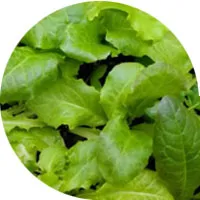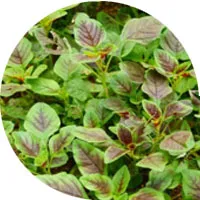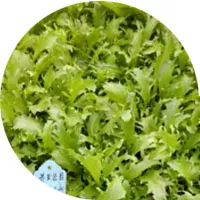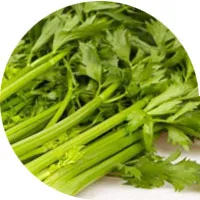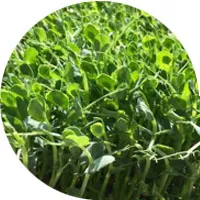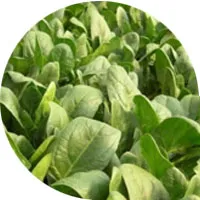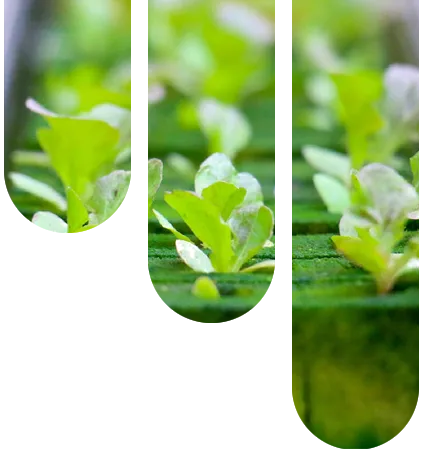The vertical farm system reduces crop growth time significantly; for example, lettuce can be harvested in just 20 days compared to the traditional farm system 30–50 days.
One operator can manage multiple units, lowering labor costs, and the system is designed for future robotic upgrades, enabling fully automated farming.
Each grow tray’s production status is accurately tracked, ensuring optimal growing conditions and improved productivity.
More +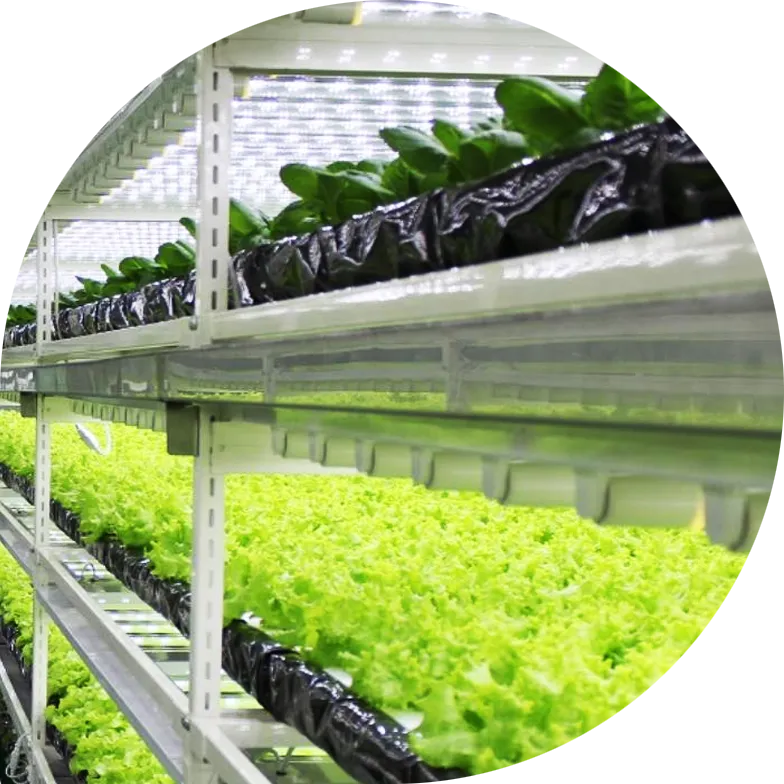
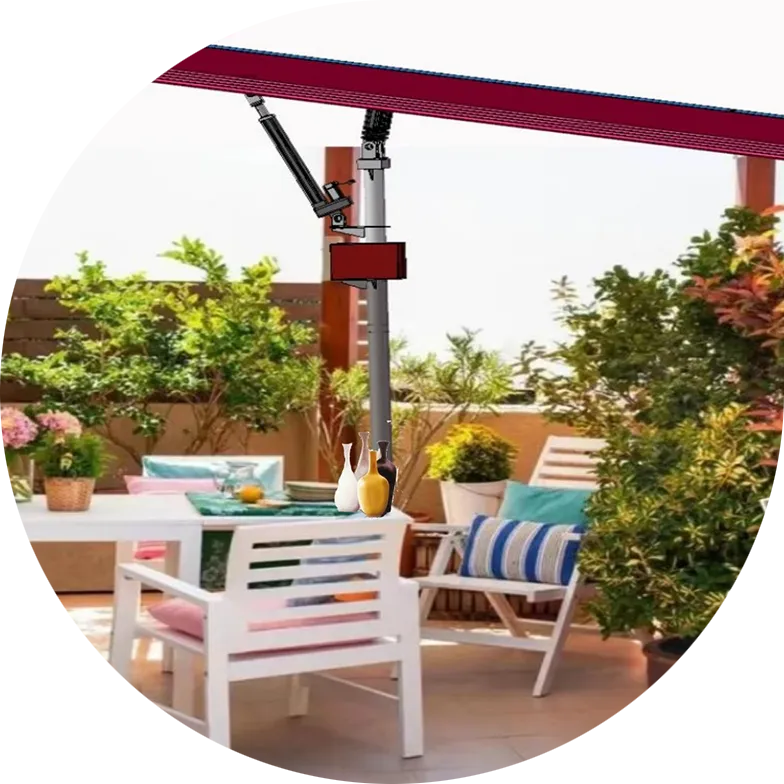
The solar panel patio umbrella provides both shade and solar power generation on sunny days. Excess energy is stored in batteries for nighttime use, and the system can also draw low-cost electricity from the grid via its storage module to help users reduce energy costs.
This product is built with a three-layer system architecture: the perception layer, which features light, temperature, and wind sensors combined with a mobile app that reads local weather data to monitor natural conditions in real-time.
More +Traditional agricultural methods are heavily forced by natural conditions, such as land availability, climate variability, and water resources. These limitations restrict farming to specific environments, resulting in low planting rate and inefficient land utilization. Vertical farming systems are the solution.
These farming systems use advanced technologies to overcome the challenges of traditional agriculture. They enable cultivation in diverse locations and complex climates.
This approach enhances resource efficiency and boosts crop yield, making it a viable solution for sustainable and high-distribution food production.
As a type of commercial greenhouse, vertical farming systems support the cultivation of a wide variety of crops. These include leafy greens, herbs, microgreens, fruits, flowers, and grains. The advanced technology used in vertical farms provides optimal growing conditions, allowing for efficient and sustainable production of diverse plant species.

